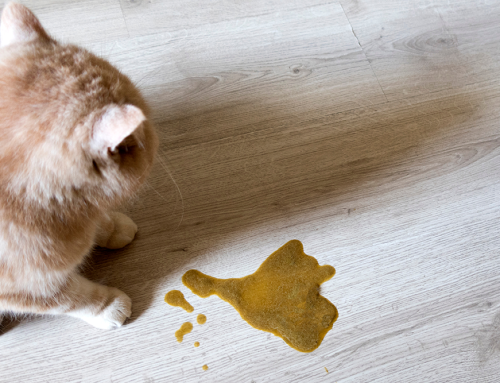Your pet’s health and happiness are in your hands, and their nutrition significantly affects their well-being. Considering the innumerable pet food options available, choosing the right diet for your pet can be overwhelming. However, understanding pet food labels can help make the decision easier. Our Wellness Animal Hospital team explains pet food labels’ components so you can make informed decisions about what goes into your pet’s bowl.
Association of American Feed Control Officials pet food regulations
The Association of American Feed Control Officials (AAFCO) is a nonprofit organization composed of government representatives and pet food manufacturers. The organization is volunteer-based and sets basic regulations on pet food ingredients based on feeding trials, research, and other scientific methods. The pet food label format is set by the AAFCO. Keep in mind that the AAFCO does not determine the highest quality or the best pet foods, but the minimum requirements for nutrition based on life stage.
Understanding the 95% and 25% rule on pet food labels
The AAFCO also regulates how a pet food product is named based on the percent rule. If a manufacturer wants to name a product “chicken dog food,” chicken must make up 95% of the product. Likewise, if the words “dinner” or “platter” are on the label next to the protein source—for example, “turkey and sweet potato dinner”— those ingredients must make up at least 25% of the pet food’s total weight, including moisture content. Any phrase, such as “meal,” “dinner,” or “entree,” allows for less of the specific ingredient to be present, as opposed to stating the pet food is strictly chicken, turkey, or another ingredient.
How to understand the information on pet food labels
Pet food labels have many components, and some of the lists’ information can be confusing. We’ve compiled the following descriptions to make reading pet food labels more digestible (pun intended):
- Product brand name — The product name should be listed in large print on the pet food package. The name describes the food type, including the protein source and the pet life stage for which the diet is formulated such as seniors or kittens/puppies.
- Product weight — Weight and volume are typically located on the package’s front and back. Understanding a product’s volume can help you calculate the number of portions the package will provide your pet based on the amount you feed your pet daily.
- Ingredients list — Possibly the most crucial pet food label component is the ingredients list because the information lets you know exactly what’s in your pet’s diet. The ingredients that compose the highest food quantity are shown at the ingredient list’s top, with other ingredients presented in descending order by the amount included.
- Guaranteed analysis — The guaranteed analysis statement explains the minimum nutrient amount in the pet food. This label component includes the percentages, pounds, and calories in the food per portion.
- Nutritional adequacy statement — This pet food label component ensures that the diet is deemed “complete and balanced” for a certain life stage. This statement guarantees that the manufacturer met the pet food’s nutritional requirements.
- Feeding directions — This information tells you the amount your pet should eat daily based on your furry pal’s weight. Remember, your pet’s daily calorie intake should account for their age, lifestyle, energy, and other essential factors, so discuss your pet’s daily food requirement with our Wellness Animal Hospital veterinarian.
Being able to decipher pet food labels’ information is critical for you to be able to provide your furry friend with a healthy, balanced diet. By understanding what’s in your dog’s or cat’s bowl, you can make informed decisions about their nutrition. Remember to consider your pet’s needs based on their medical conditions, age, lifestyle, and other factors. Some pets require specially formulated pet foods to treat medical conditions, while kittens and puppies need diets specific to their life stage. When you understand the information on pet food labels, you can ensure your furry pal gets the nourishment they need to thrive.
Do you have questions about your pet’s nutrition? Contact our Wellness Animal Hospital team so we can formulate your furry pal’s personalized dietary plan.







Leave A Comment